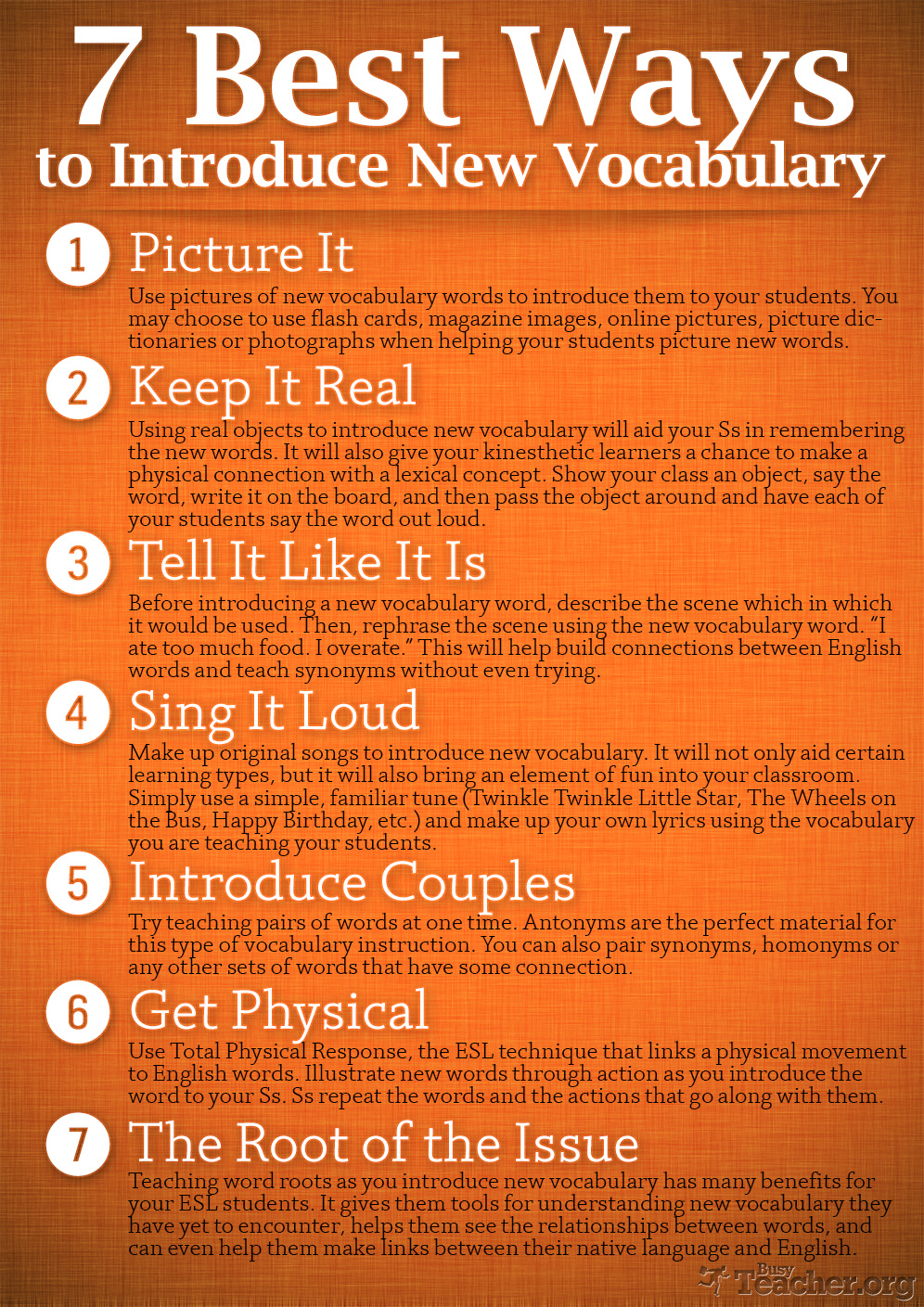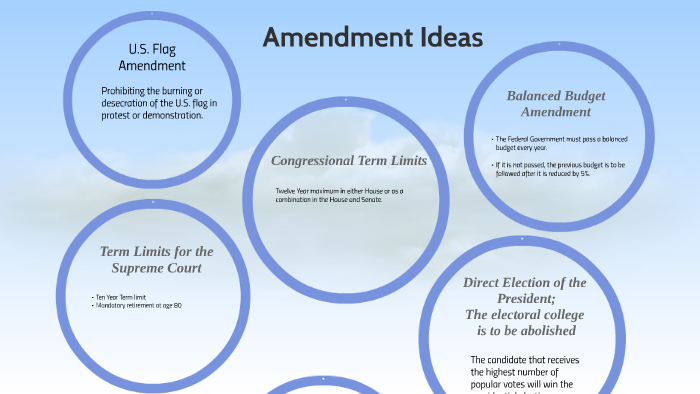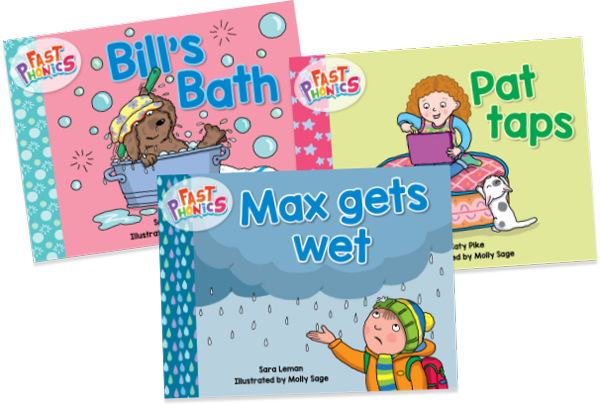Pin on school
Table of Contents
Table of Contents
If you’re a language teacher, you know that one of the biggest struggles for students is memorizing new vocabulary words. However, introducing new words in a fun and exciting way can make all the difference. In this blog post, we’ll explore different ways to introduce new vocabulary words and make learning engaging and enjoyable.
The struggle to make vocabulary words stick
Have you ever had a student complain that they can’t remember the new English vocabulary words? Or maybe you’ve noticed that your students struggle to retain new words after a test. These are common pain points for language learners, and they can be frustrating for both students and teachers alike.
The key to making new vocabulary words stick is to introduce them in a fun and engaging way that encourages students to use the words in context. When students feel like they’re actively using new words in their everyday speech, they’re much more likely to retain them.
Fun ways to introduce new vocabulary words
One way to make vocabulary words more engaging is to incorporate them into games or activities. For example, you could play a game of charades where the students act out the word they’re trying to learn. Another fun activity is to have students write a silly story using as many new words as possible.
Another effective approach is to connect new vocabulary words to things that students are already interested in. For example, if your students love sports, you could teach them soccer-related words like “goalkeeper” or “penalty kick.” By connecting new vocabulary to topics that students are already passionate about, you make the learning experience more engaging and memorable.
Using technology to make learning fun
Incorporating technology into your lesson plans can also make new vocabulary words more engaging for students. There are many websites and apps available that can make learning new words feel more like a fun game than a chore. For example, Quizlet is a website that lets you create flashcards and play games with new words. Another useful app is Duolingo, which uses fun exercises and rewards to encourage students to learn new vocabulary.
Creating a visual vocabulary wall
Visual aids can also be a great way to make new vocabulary words more memorable. Consider creating a “vocabulary wall” in your classroom, where you display pictures and definitions of new words in a visually appealing way. This can help students connect new words to images and make them easier to remember.
Personal experience with fun ways to introduce new vocabulary words
I’ve had great success with incorporating new vocabulary into games when teaching English to young learners. One of my favorite games involves placing vocabulary cards face down on the floor and having students jump on the word that I call out. This helps students to learn new words in context and gets them moving around and engaged in the lesson.
Question and Answer
Q: How can I make new vocabulary words relevant to my students?
A: The key is to connect new words to topics that your students are already passionate about. For example, if your students love movies, you could teach them words like “director” or “script.” By connecting new words to things that students already care about, you make the learning experience more engaging and effective.
Q: How can I ensure that my students are actually retaining new words?
A: One of the most effective ways to ensure that students are retaining new vocabulary is to encourage them to use the words in context. You could have your students write a story using new words, or incorporate new vocabulary into class discussions. When students feel like they’re actively using new words in their daily speech, they’re much more likely to retain them.
Q: How can I make learning new words feel like less of a chore?
A: One of the best ways to make learning new words feel fun and engaging is to incorporate games and activities into your lesson plans. You could play a game of charades using new vocabulary words, or have students create a silly story using as many new words as possible. By making learning feel like a game, you can help students to stay engaged and motivated.
Q: Can technology really help with learning new vocabulary words?
A: Absolutely! There are many websites and apps available that can make learning new words feel more like a fun game than a chore. Quizlet and Duolingo are both great options that incorporate rewards and fun exercises to keep students engaged.
Conclusion of fun ways to introduce new vocabulary words
Introducing new vocabulary words can be a challenging task, but it doesn’t have to be boring. By incorporating games, technology, and visual aids, you can make learning new words an engaging and memorable experience for your students. By connecting new vocabulary to topics that students are already interested in, you make learning feel more relevant and meaningful. With these fun and effective strategies, your students will be well on their way to mastering new English vocabulary words!
Gallery
Pin On English

Photo Credit by: bing.com / vocabulary words drawing activities word list meaning choose learn tool instruction students teach teaching luckylittlelearners detailed teacher week learners little
66 FREE Classroom Posters

Photo Credit by: bing.com / poster ways vocabulary teaching language introduce english learning strategies words teacher instruction word classroom voc busy busyteacher reading spanish activities
7 Best Ways To Introduce New Vocabulary

Photo Credit by: bing.com / vocabulary introduce ways
5 Ways To Make Those New Vocabulary Words “Stick” | The Daring English

Photo Credit by: bing.com /
Pin On School

Photo Credit by: bing.com / learners vocab instruction teaching luckylittlelearners





